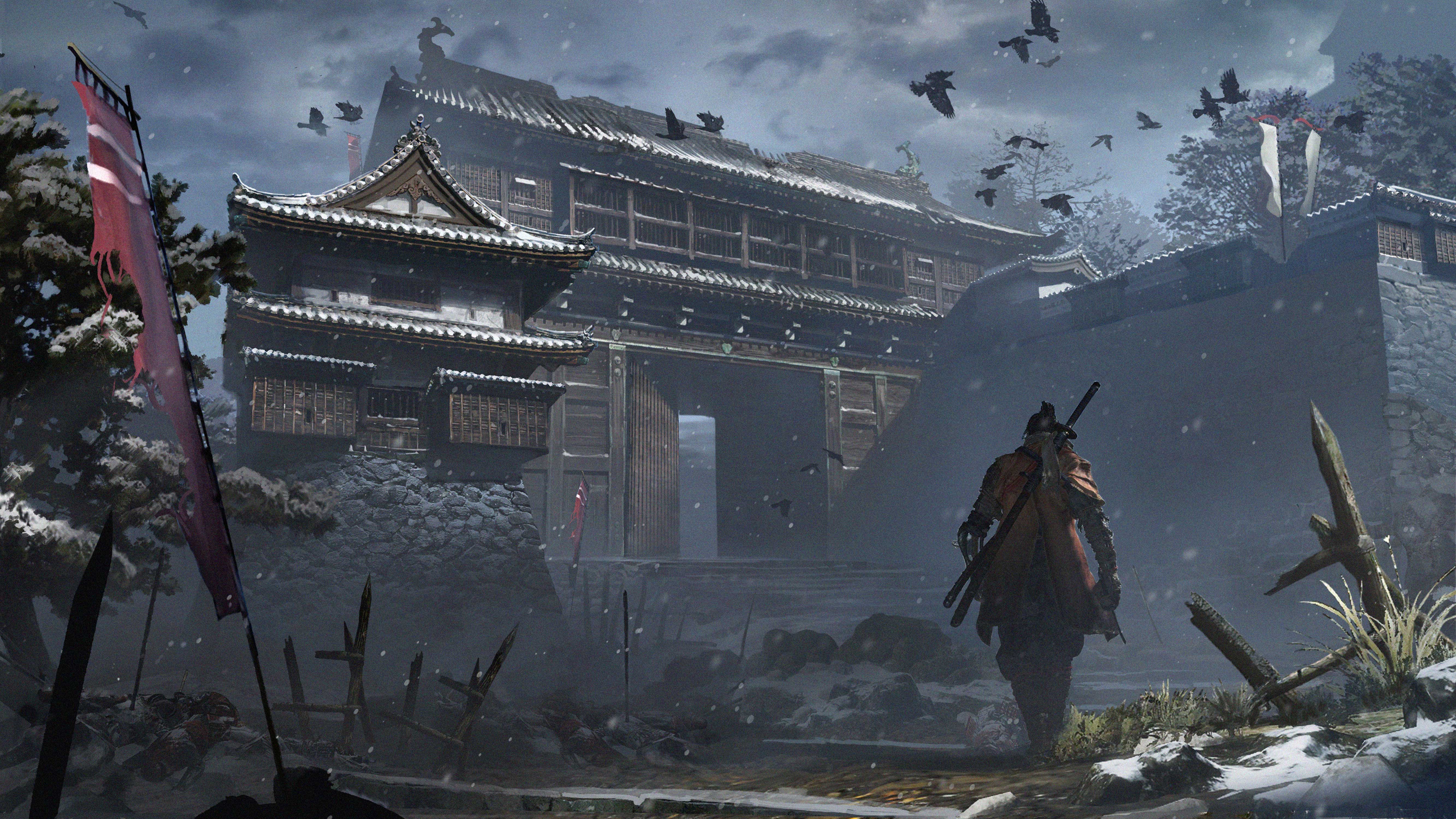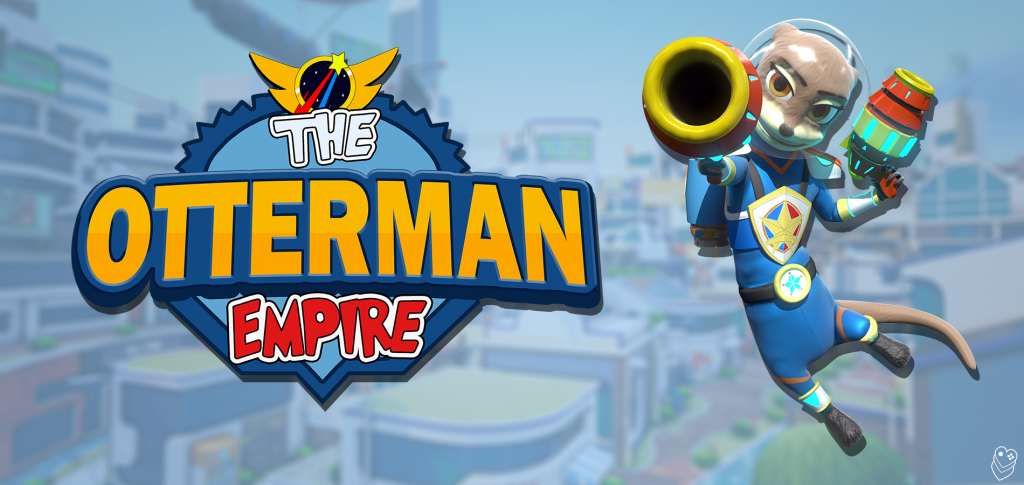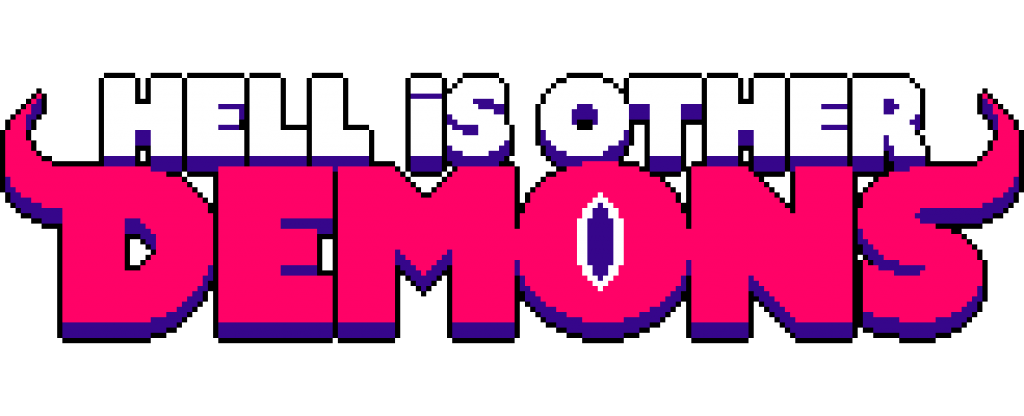Sekiro: Shadows Die Twice, the long awaited new IP from FromSoftware, released on March 22. My excitement for Sekiro was high as it approached release. I started my foray into FromSoftware games with Dark Souls back in 2014. I promptly followed Dark Souls with Demon’s Souls, Dark Souls 2, and Bloodborne, back to back to back to back. In FromSoftware’s games, and specifically Hidetaka Miyazaki’s games, I found something special. I’ve been chasing that something ever since.
When I heard about Sekiro a year and a half ago, I was ready to go. New IPs from Miyazaki don’t come often, so I was intrigued and excited at the prospects. Now that Sekiro is finally upon us, is it worth the wait?
Yes. It is. But it requires some explaining.
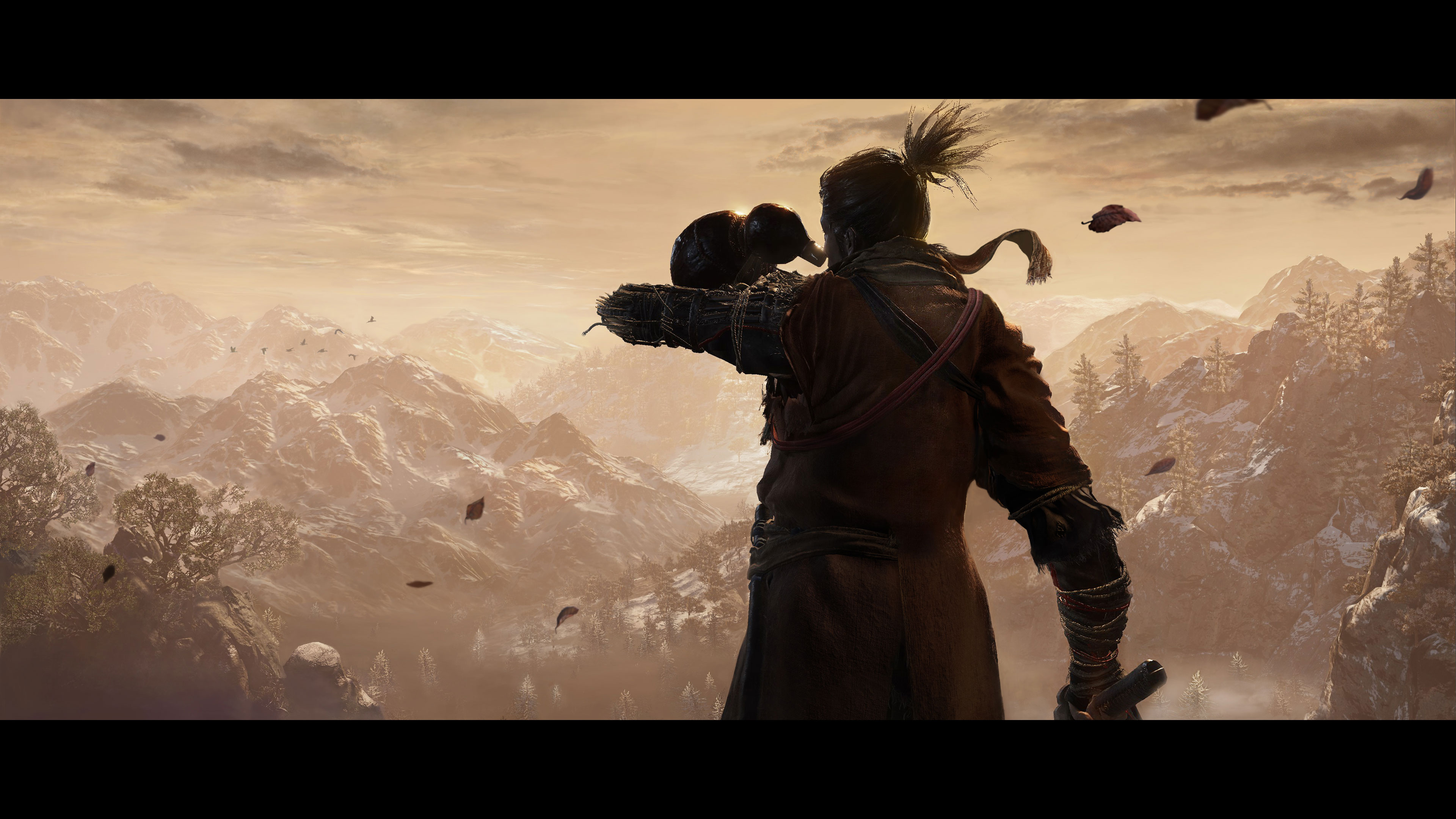
Most assumed Sekiro would be similar to Dark Souls or Bloodborne. Same gameplay with a new skin and a few tweaks. It would be hard, mystifying and punishing, sure, but it would also be familiar.
I learned quickly how unfamiliar I found Sekiro. The menus look similar. The camera angle behind your player character is similar. Items and exploration are similar. I immediately settled in for a similar journey in a new, war torn setting. I was startled back to reality through the sheer speed and relentlessness of the combat.
FromSoftware’s games of the last 8 years are defined by their combat. Its slow and deliberate. Even Bloodborne, swapping out a defensive for an offensive tone and a dodge roll for a speedier dodge dash, still has a very deliberate, patient pace. Sekiro has non of this. Its relentlessly paced combat will quickly put you in your place. It did me and continues still. Its oppressive, relentless, hard, and trying. But the more time I spend with it, the more its also intoxicating, magnetizing, energetic, and addictive.
Sekiro, the one armed wolf, is a shinobi. Shinobi, as the game reminds you, focus on relentless attacks and deflects to whittle down their opponent. When you encounter an enemy, the ballet of swords and footwork that follows is constant.
I have been playing for about 5 days now. I have died endlessly. I have been humiliated by my opponents time and time again. I have experienced depressive lows, but also euphoric highs. Everytime I get my teeth kicked in, I reassess the situation and try again. In a twist, unlike the Souls predecessors, I might just skip the encounter and return when I feel more comfortable.
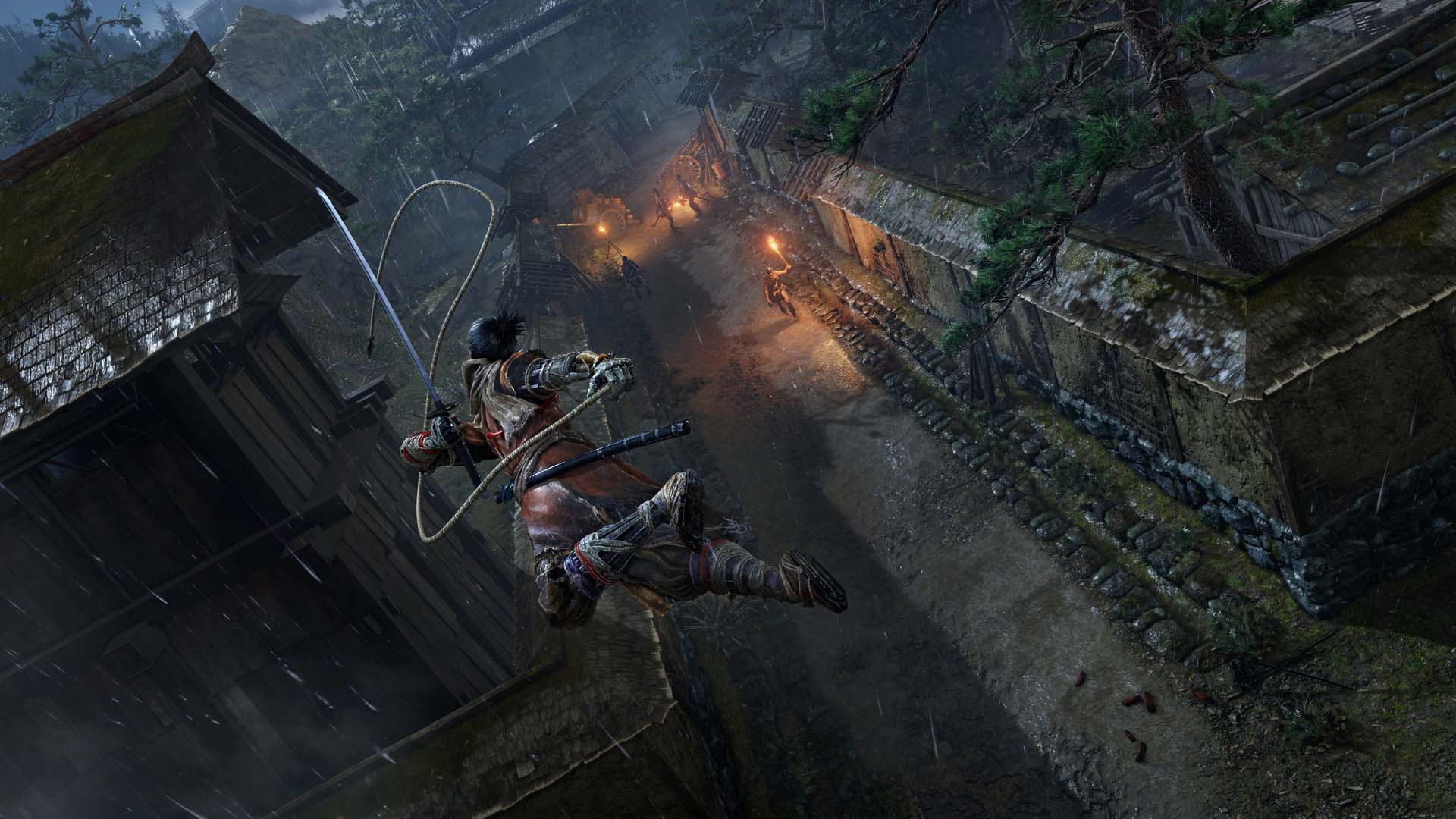
You are equiped with a grappling hook that works not unlike Spider-Man. There are grappling points all over, and with the press of a button you can zip there and bypass whatever is harming you. You are free to explore and come back when you feel comfortable. With the added benefit of vertical traversal, FromSoftware’s densely layered environments feel less like mazes and more like playgrounds. That miniboss giving you problems? Just skip him and come back. You can come back knowing full well that he isn’t gating your progress in the game. The minibosses become little quizzes to teach you different techniques for the bosses, but they don’t bar entry to the rest of the game world. This small design tweak, coupled with the grappling hook, change what players have come to expect from Miyazaki and its quite the shift.
Swordplay is the heart of Sekiro. In past games enemies had health bars alone. In Sekiro, they also have posture bars. Every hit you land or attack you properly deflect whittles down this posture bar. If you stop attacking, the posture bar refills. You must be relentless. Their health bar determines how fast the posture bar recovers, but if you can whittle the posture all the way down, an execution style finisher is available. Fights turn from cat and mouse affairs to lightning paced, sword battles, requiring quick thinking and even quicker reflexes.
As there is only one sword at your disposal, your off hand is relegated to your Shinobi Prosthetic. This prosthetic can be outfitted with a myriad of off hand weapons like a shuriken launcher or an axe. Every tool has a use and is a joy to use. Some of these tools can be used in tandem with items you might find in the world to satisfying effects, taking single use items from an older title, and reworking so its part of a dynamic system. For example, shortly into the game you’ll come across a tool called a Flame Vent, which is essentially a flamethrower that works in short bursts. Coupled with oil, you can set enemies aflame. This retooling of the old into something familiar yet different is where Sekiro excels.
I have been wrestling with Sekiro for the past week, mainly cause there is just so much of it to process. Its hard, punishing, and unforgiving. But everytime I leave and come back, I find myself getting a little further as a character and a little better as a player. The systems are laid out for you pretty clearly (big nod to Activision for helping FromSoftware with their tutorial deficiencies), but the systems are dense. Deflecting attacks is the hardest part for me (as it has been in games past) and this game requires that you come to terms with that.
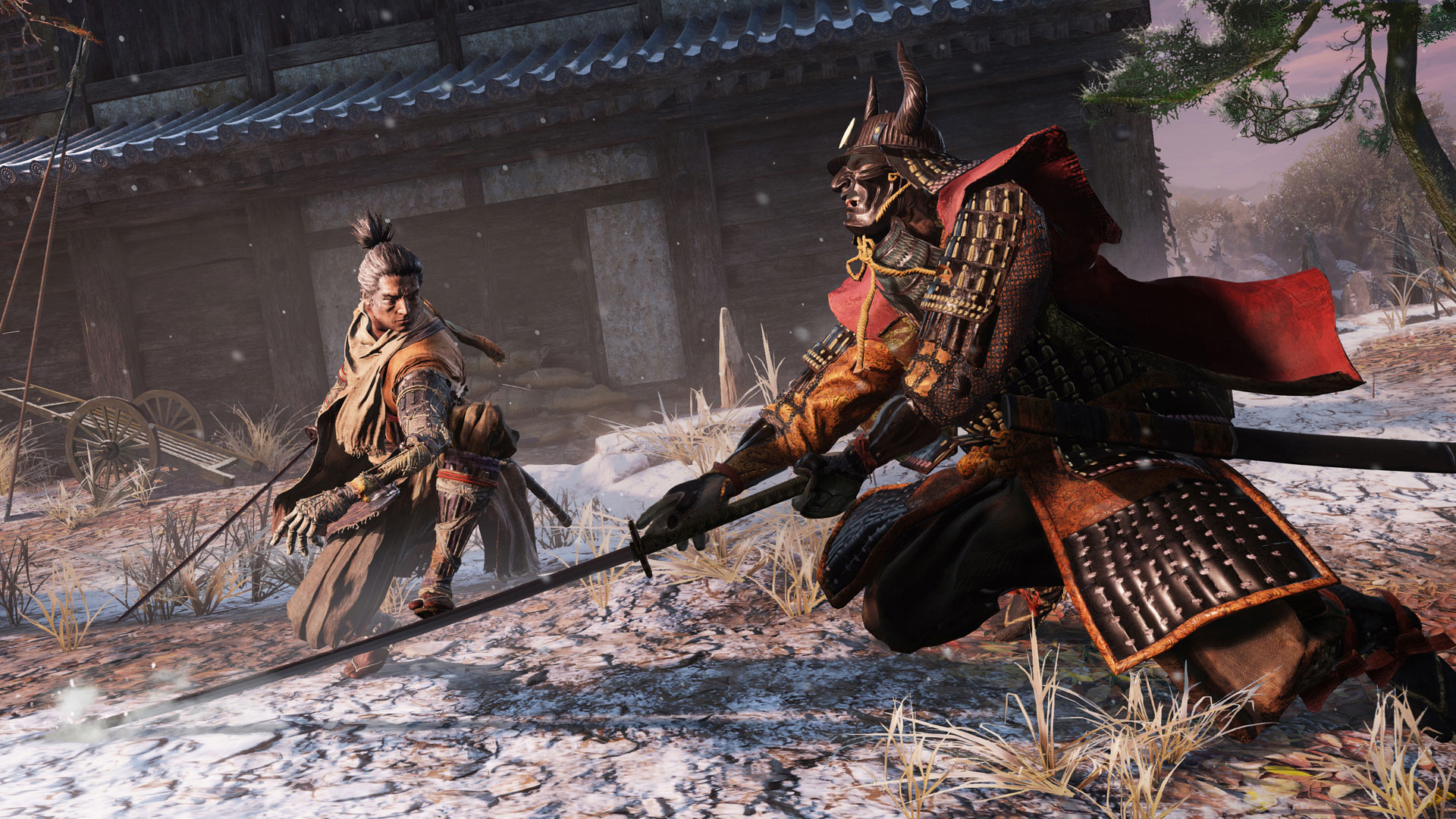
Frustration is not something that most players want to feel with their games, but Sekiro all but gaurantees this. The controls are perfect, the environments are incredible, the story is intriguing and the art direction is spot on. The frustration comes from the difficulty alone. I have had moments of panic, “Maybe I need to hang up my hat. Maybe I am just in a different place now than I was then. Maybe I just can’t handle this game.” But I come back the next day and I get a little further. Through playing I am seeing a game designed with such passion, thoughtfulness, and mastery that I am eager to return.
The polish on display here is impressive. FromSoftware is known for their meticulous, technical, and rewarding games. But they’ve never been known for the speed of their games. The pace has always been slower, but with Sekiro all that is thrown out. What we get is a sword game quite unlike the Soulsborne games. Sekiro is a blisteringly fast, merciless game that will treat you with hatred and antagonism like few games ever will. But don’t worry. Give it a fair shake, and soon it’ll teach you those same lessons. You will journey from defenselessness to relentless competence and nothing will stand in your way. I can’t wait to take the rest of that journey.
Thomas is a fan of all videogames, but has a special place in his heart for demanding, technical, twitch gameplay. He can be found hosting the Splash Damage podcast or @tbuzzworthy.
